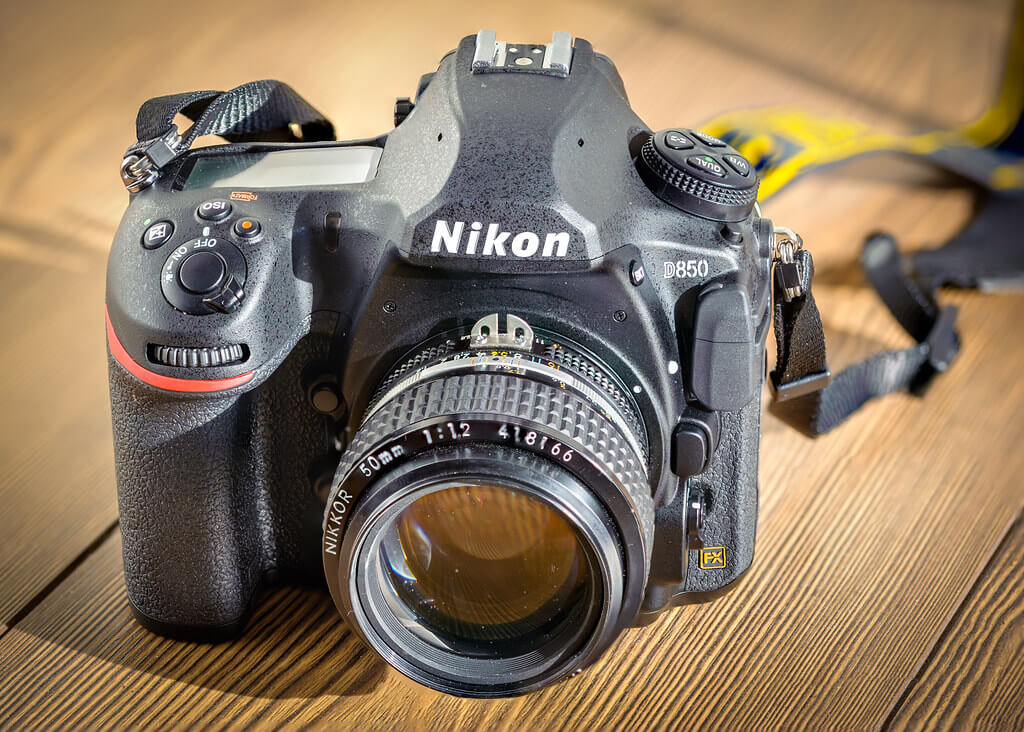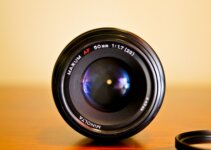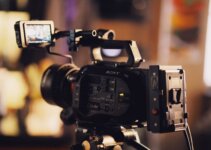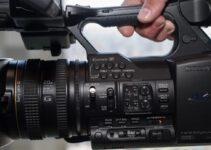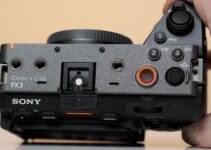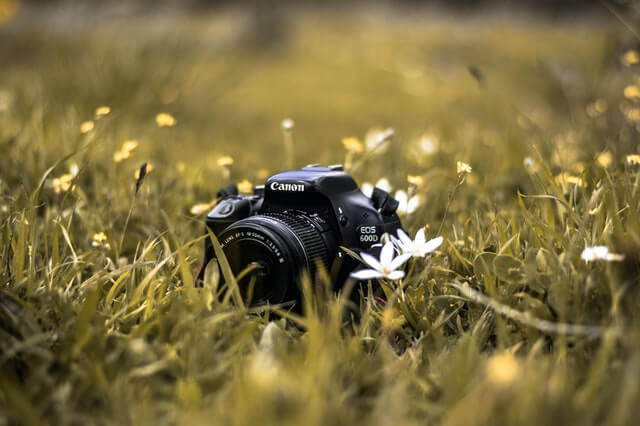If you are looking for a standard camera that is easy to use and offers almost everything you’d wish for in a standard camera, then the Nikon D40 should be one of the top options on your list. The camera is specially designed for everyday photographers and the fact that it is relatively easy to use makes it a great option for beginners. The camera is also the lightest and smallest Nikon DSLR camera in the market to date.
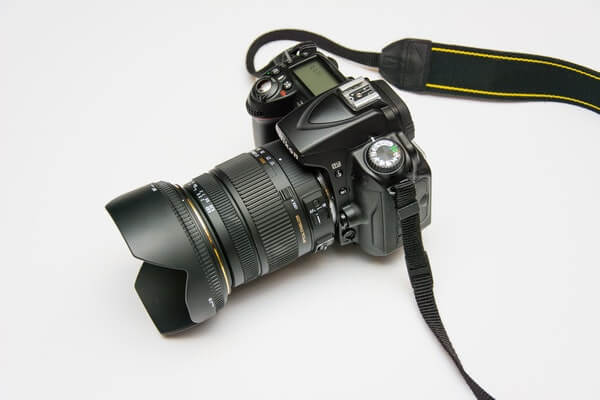
Let us now take a look at how much the camera goes for in the current market and some of its key features.
Nikon D40 Price in Nigeria
Nikon D40 is one of Nikon’s popular cameras in the market today, hence it can be purchased in various camera stores as it is readily available. For anything from N159,000, one can purchase a brand-new Nikon D40, depending on the place of purchase and the currency exchange rate at the period of purchase.
PRICES LAST UPDATED: JANUARY 17, 2024.
Nikon D40 Key Features
- Image sensor:7 x 15.6 mm RGB CCD with 6.24 million photo sites (6.1 MP effective)
- Lens mount: Nikon F mount with AF coupling and contacts (full support for Type G, D AF Nikkor lenses, AF-S and AF-I lenses)
- Image formats: Compressed NEF (RAW): 12-bit compression, JPEG: JPEG baseline compliant (Exif 2.21)
- Image Sizes: 3, 008 x 2, 000 [L], 2, 256 x 1, 496 [M], 1, 504 x 1, 000 [S]
- Shutter speed range: 30 to 1/4000 seconds in steps of 1/3 plus Bulb
- Self-timer: Electronically controlled timer with a duration of 2, 5, 10, or 20 s.
- Dust removal: Anti-dust coating on low-pass filter
- Exposure Compensation: ±5 EV in addition to 1/3 EV
- Focus system: TTL phase detection by Nikon Multi-CAM530 autofocus module with AF-assist (range approximately 0.5-3.0m/1ft. 8in.-9ft. 10in.); Detection range: -1 to +19 EV (ISO 100 at 20 °C/68 °F)
- Focus modes: Autofocus (AF): Instant single-servo AF (AF-S); continuous-servo AF (AF-C); auto AF-S/AF-C selection (AF-A); predictive focus tracking automatically activated according to subject status; Manual focus (M)
- Exposure metering: TTL full-aperture exposure metering system; 3D Color Matrix Metering II (type G and D lenses); Color Matrix Metering II (other CPU lenses); metering performed by 420-segment RGB sensor; Center-weighted: Weight of 75% given to 8mm circle in the center of the frame; Spot: Meters 3.5mm circle (about 2.5% of frame) centered on an active focus area
- White balance: Auto (TTL white balance with 420 pixel RGB sensor), 6 manual modes with fine-tuning, and preset white balance
- Flash: TTL: TTL flash control by 420-segment RGB sensor. i-TTL balanced fill-flash for digital SLR and standard i-TTL fill-flash for digital SLR available when CPU lens is used with built-in flash, SB-800, SB-600, and T041; Auto aperture: Available with SB-800 with CPU lens; Non-TTL Auto: Available with Speedlight which includes SB-800, 80DX, 28DX, 28, 27, and 22s; Range-priority manual available with SB-800
- Sequence shooting: Approximately 2.5 frames per second (Approximately 1.7 frames per second with Noise reduction turned on and approximately 1 frame per second with ISO HI 1)
- Storage Media: SD memory card, SDHC compliant
- Viewfinder: Fixed-eye-level penta-Dach mirror type; built-in diopter adjustment (-1.7 to +0.5m-1) (95 percent coverage)
- LCD monitor:5-inch 230, 000-dot, low-temperature polysilicon TFT LCD with brightness adjustment
- PC interface: USB 2.0 (High-speed): Mass Storage and PTP selectable
- Power supply: EN-EL9 rechargeable lithium-ion battery (up to 470 shots/charge)
Nikon D40: What you should know about the camera
The Nikon D40 was introduced over 13 years ago and is still incredibly rare among the very successful Nikon cameras in the market. When introduced, the camera was the brand’s smallest and lightest DSLR at the time, boasting few features found in the popular D80.
Just like the D50, the camera was released at a relatively low price. The most exciting news though was the fact that the company resisted the urge to keep chasing MPs and instead, concentrated on core features that deliver a good overall camera, which includes a lovely viewfinder, short shutter lag, and an even shorter viewfinder blackout.
Nikon D40: What you will like about the camera
- Compared to other cameras in its category, the Nikon D40 boasts brilliant image quality with great resolution and details.
- For the amount it goes for and considering its weight, the camera’s build quality is surprisingly commendable.
- The camera is very lightweight and very comfortable to use.
- The camera is also very responsive when in use.
- One standout feature, here again, considering the category of camera it falls into, is the auto-focus lamp the camera features, which replaces the need for a flash to be raised when in use.
- The viewfinder delivers amazingly bright images, which is another plus considering the price it goes for.
- The camera is generally easy to use. The playback / delete blend I also appreciable.
Nikon D40: What you may not like about the camera
- The camera does not have a lens motor in the body, which means the non-AF-S/AF-I lenses are mainly manual focus.
- The fact that the camera doesn’t support any wireless connection means it cannot compete with more modern cameras in terms of ease of picture and video transfer.
- The RAW/JPEG setting only records Basic JPEG qualities.
- The camera does not have exposure or white balance bracketing.
- It does not feature a depth-of-field preview
- Sadly, if you are looking for a camera with full HD video capability, you will need to look somewhere else.
- The camera, disappointed, does not feature face-detection focusing.
Related posts
- Sony A6400 Price in Nigeria (April 2024)
- Hikvision Camera Prices in Nigeria (April 2024)
- Canon Camera Prices in Nigeria (April 2024)
- Digital Camera Prices in Nigeria (April 2024)
- Sony ZV1 Price in Nigeria (April 2024)
- Canon 5D Mark II Price in Nigeria (April 2024)
- CCTV Camera Prices in Nigeria (2024)
- Sony A7 IV Price in Nigeria (April 2024)
- Drone Camera Prices in Nigeria (2024)
- Panasonic Camera Prices in Nigeria (April 2024)
- Nikon D850 Price in Nigeria (2024) + Review & Key Features
- Nikon D40 Price in Nigeria + Key Features (April 2024)
- Nikon D3500 Price in Nigeria (2024) + Review & Key Features
- Nikon D5300 and D5600 Prices in Nigeria (April 2024)
- Nikon D7200 Price in Nigeria (2024) + Review & Key Features
- Camera Lens Prices in Nigeria (2024)
- Sony ZV-E10 Price in Nigeria (April 2024)
- Nikon D750 Price in Nigeria (2024) + Review & Key Specs
- Nikon Camera Prices in Nigeria (April 2024)
- Nikon D610 Price in Nigeria + Key Features (2024)
- Video Camera Prices in Nigeria (2024)
- Sony FX3 Price in Nigeria (April 2024)
- GoPro Camera Review & Prices in Nigeria (April 2024)
- Sony 4K Camera Price in Nigeria (April 2024)
- Sony Video Cameras & Prices in Nigeria (April 2024)
- Canon 600D Price in Nigeria (April 2024)
- Nikon D7100 and D7200 Prices in Nigeria (2024) + Review & Key Features
